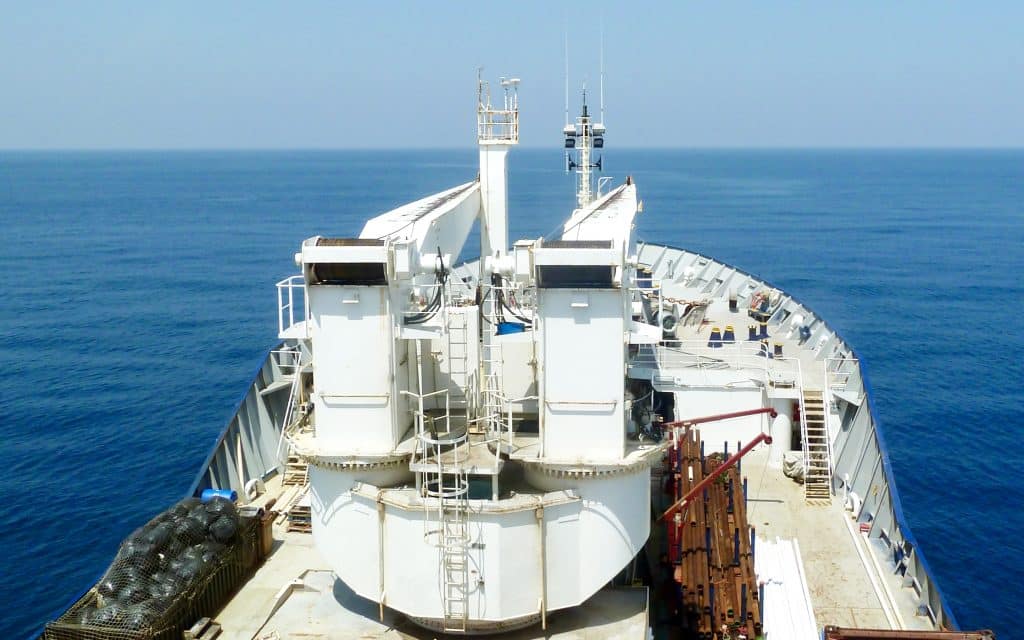- Home /
- Science /
- Climate /
- Climate projects /
- IndSo /
IndSo
In the IndSO project we propose to document the patterns of ocean surface and thermocline variability in the Indian Ocean in a synoptic manner during several contrasting climatic periods (glacial/interglacial) by developing an original approach based on high throughput analysis of planktonic foraminifera fauna.
The contribution of high-throughput analysis with the MiSo prototype, which was developed at CEREGE and allows high-throughput imaging of sediments, offers the prospect of greater robustness than individual isotopic analysis of foraminifera (IFA) with between 2000 and 20000 individuals analysed for each sample.
The key point we wish to address is to characterise the interannual variability of Indian Ocean surface hydrology using a new high-throughput approach to planktonic foraminiferal faunal analyses. We will test two hypotheses on the link between the mean state of the Indian Ocean and climate variability:
. Can El Niño-like variability in the Indian Ocean be detected during the last ice age? - Our data will help validate this hypothesis by providing an integrated approach to the entire Indian basin and not just the Indonesian margin.
. Can an IOD-like signature be detected during the warm Pleistocene interglacials? And if so, is it comparable to the IOD intensification signal detected in the coral sequences in the recent period?
2021-2022: IMAGO LEFE IndSo
CEREGE lead :
Thibault de Garidel-Thoron
Past El Niño Modes in Indian Ocean Subtropics


